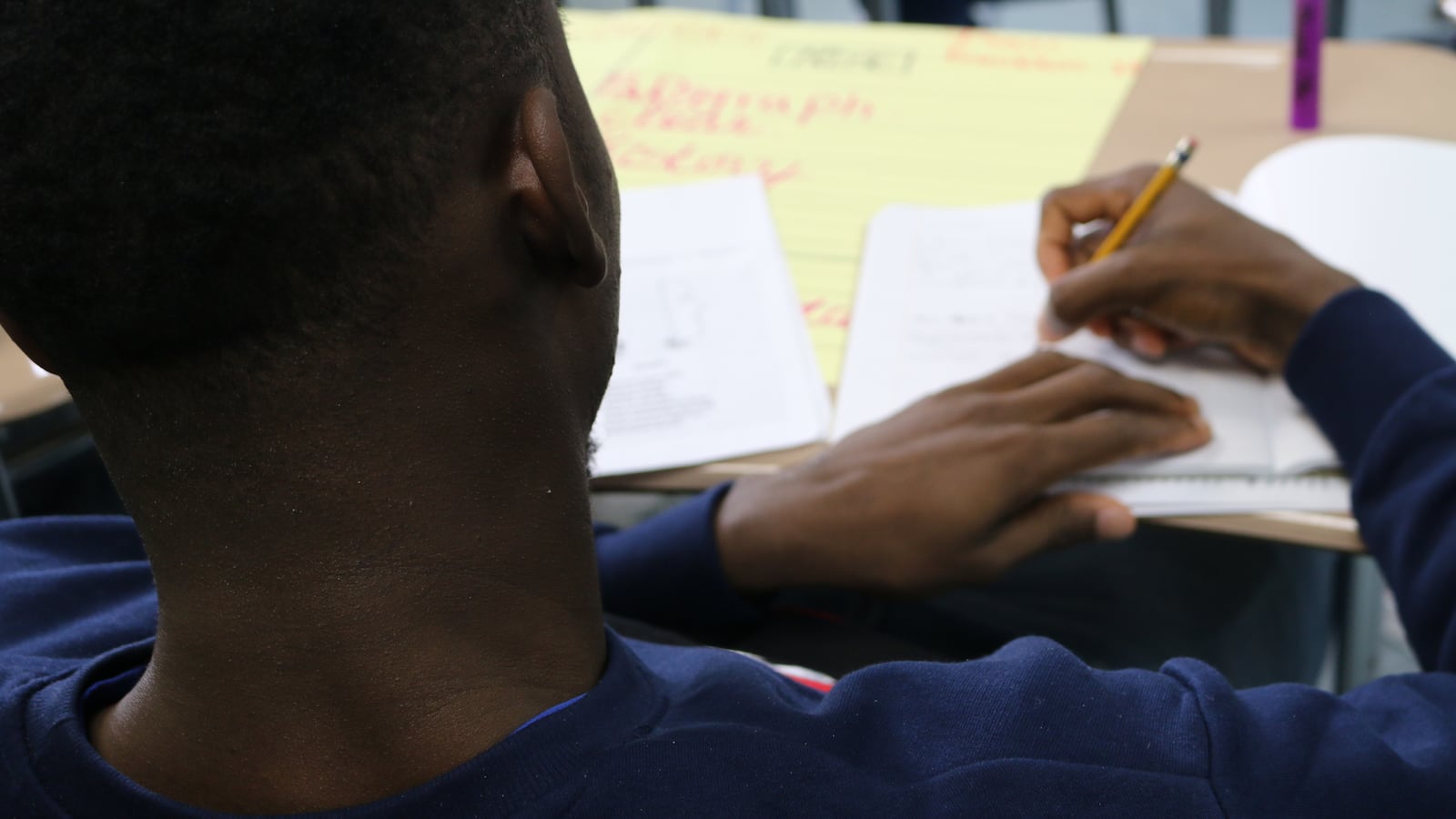For the first time, undocumented students in New York can begin applying for state financial aid for college.
The application, which went live July 3, stems from the Jose Peralta New York State DREAM Act, which was among the first items supported and passed by New York’s Democratic lawmakers over Republican objections during their legislative session this year. The law, years in the making, also allows undocumented families to set up college savings accounts.
Under the act, undocumented students who attended school in New York can apply for different types of state financial aid, including the Tuition Assistance Program, known as TAP, and other state scholarships for state colleges and universities. New York City officials don’t track immigration status, but state lawmakers estimated about 4,500 undocumented students who could benefit from the DREAM Act graduate from New York high schools each year. As of Wednesday, more than 1,000 applications have been started or submitted, a state official said.
The Higher Education Services Corporation, the state agency responsible for the rollout, has not yet said whether there is a paper application available. According to HESC, students can apply for certain programs, such as the TAP and the Excelsior Scholarship, that would provide aid as soon as this upcoming academic year. More options will be added in the fall.
Before the governor signed the law, advocates were concerned about the wording on the application — how officials would reassure families that their personal information, including immigration status, wouldn’t be shared widely.
Natalia Aristizabal, co-director of organizing at Make the Road, an immigrant advocacy group, said state officials contacted her organization for feedback on a draft.
Not all of Make The Road’s suggestions were adopted, Aristizabal said, but at least one was. Her group pushed for language on the application that said students who are DACA recipients — Deferred Action for Childhood Arrivals — are considered unlawful residents of the United States. This distinction, while not increasing the chances of deportation, is what makes these students eligible to apply, rules that can sometimes be unclear to DACA recipients, she said.
The landing page for the application also explicitly states that information will be used only to determine eligibility for financial aid, and those without legal immigration status will not be asked for their home address or to upload financial records.
The state’s being “willing to work with our group was super important on its own,” Aristizabal said.
Students can apply and determine their eligibility for financial aid at any time, but specific scholarships have their own deadlines, according to a press release issued Tuesday about the application. The deadline for the Excelsior Scholarship, for example, is Aug. 15.
Andrea Ortiz, manager of education policy at the New York Immigration Coalition, said in an email the group is “conferring with advocates and legal scholars to review the application.”
“We look forward to working with HESC and the state to provide our communities around the state accurate information and ensure engagement is robust to guarantee the implementation of the NYS DREAM Act will be a success,” Oritz wrote.
Still, sufficient outreach remains a lingering concern. Helping students understand and navigate the application “on a one-on-one basis” will be key, Aristizabal said.
The city education department says it is planning outreach activities over the summer. Coaches in the city’s summer College Bridge programs, which help vulnerable students transition from high school to college, will be trained on who is eligible to apply and how the process works. Next week, about 1,400 high school staffers from about 300 high schools will attend a two-day postsecondary “planning institute,” where they’ll get trained on DREAM Act provisions and how to fill out the application. The city’s College and Career Planning newsletter will be sent in August to about 6,000 staffers and partners who work in college and career planning, featuring a “how-to” guide on supporting students eligible to apply — which will also be on the department’s website.
And once the school year commences, information on the DREAM Act will be included in a federal financial aid guide that’s distributed to all high school seniors, along with workshops and webinars that will be scheduled for students, families and staff about who is eligible.
“All New York City students are welcome in our schools regardless of immigration status, and we’re conducting trainings and outreach throughout the summer to ensure all eligible children can take full advantage of this opportunity,” said Danielle Filson, a spokesperson for the education department, in a statement.
Aristizabal said workshops and application sessions are some of the best ways to educate families on how everything works. It’s too early, she said, to know if the city’s efforts or anything hosted by the state will suffice.
“I think this first time around folks are going to have, perhaps, a more challenging time,” she said.

